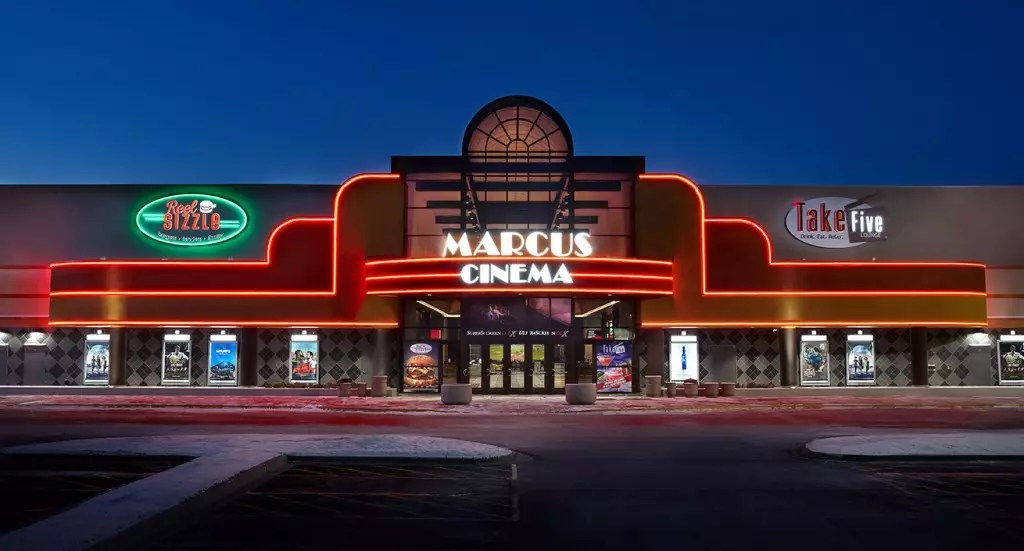The cinema industry stands at a crossroads. As Greg Marcus of Marcus Corp illustrates, attendance remains a key metric that influences multiple aspects of the theatrical business. However, luring cinema-goers away from their comfortably cocooned couches demands more than just fresh popcorn and big-budget films. The industry is beset by the dual pressures of rising ticket prices and the lingering effects of the pandemic—two adversaries that complicate attendance strategies. While Marcus is undoubtedly navigating these choppy waters, one wonders if a fixation on pricing rather than the holistic experience may ultimately skew the theater’s ability to genuinely resonate with its audience.
Revenue Management: A Double-Edged Sword
The crux of Marcus’s strategy seems rooted in revenue management—a method borrowed from the hotel industry. The question that looms, however, is whether this approach nurtures or undermines the cinema experience. Trying to determine the “right price for the right person at the right time” appears more like an algorithmic dance than an understanding of consumer psyche. Are we creating a fractious environment where multi-tier pricing creates barriers for casual viewers and families? The ethos of cinema as a communal experience seems at risk of being diluted, replaced instead by a clinical, data-driven strategy focused solely on economic outcomes.
The Tentpole Films and Their Effect on Attendance
Marcus Corp’s recent earnings results highlight a curious phenomenon: while blockbuster films like “Wicked” and “Moana 2” attract enormous crowds, it’s the average ticket price that has noticeably dipped. This fluctuation can be attributed to promotional pricing aimed at driving long-term attendance, but at what cost? While it’s uplifting to see a reported 29% increase in attendance, one cannot ignore the specter of an environment highly reliant on big tentpole films. What happens when the blockbuster game fades—will theaters have established a robust-enough foundation to withstand the inevitable lull?
Innovative Initiatives and Uncertain Futures
The introduction of the Marcus Movie Club for $9.99 per month is a savvy tactic to incentivize cinema-goers. It provides compelling perks like discounts and additional ticket purchases at a reasonable cost. However, while early membership sales are promising—over 30% adopting annual plans—the enduring question remains: Do these initiatives truly cultivate a love for cinema, or merely serve as a band-aid over a deeper malaise? This urgent call for innovation speaks volumes about an industry in transition, yet it also reflects a reliance on quick fixes rather than a genuine restructuring of its value proposition.
The Two Cities of Box Office Performance
Describing 2024 as a “tale of two cities” paints a dramatic picture but raises concerns over the long-term sustainability of such a bifurcated environment. While the second half of the year yielded impressive numbers, it begs one crucial question: Is the reliance on blockbuster films creating an unsustainable model? As theaters struggle to retain a varied audience, the question of what happens in a year where the lineup fails to excite is ever-looming.
While theater owners like Marcus are making valiant efforts to entice audiences back into the fold, the scrutiny around pricing strategies, tentpole reliance, and the sudden burst of innovative initiatives leads to a rather glaring conclusion: The industry’s way forward needs introspective honesty and a vision larger than merely avoiding the couch.


Leave a Reply